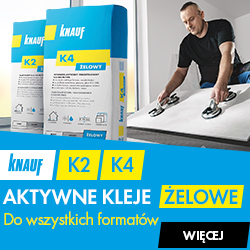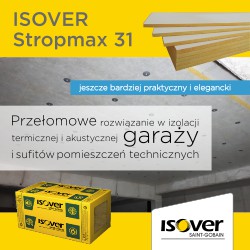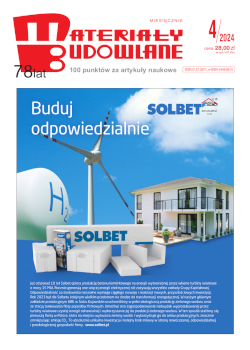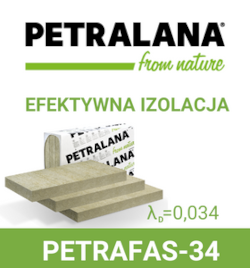Hsein-Yang Kew
prof. Mukesh C. Limbachiya
Zaprawa do cienkich spoin jest wstępnie wymieszanym produktem bazującym na cemencie, wiążącym w ciągu 30 minut, uzyskującym silne wiązanie oraz pozwalającym na zmniejszenie grubości warstwy do 3 mm lub mniej, w przeciwieństwie do zaprawy tradycyjnej. W Wielkiej Brytanii zaprawa powszechnie stosowana w połączeniu z bloczkami z betonu komórkowego. W ostatnim czasie produkt został poddany istotnym zabiegom innowacyjnym, a rozwój w zakresie metod budowania, które umożliwiają produkty z betonu komórkowego, posiadające wystarczającą wytrzymałość, małą gęstość, łatwość przenoszenia oraz większe rozmiary bloczków.
Thin Layer Mortar for Low Density Aircrete Applications
Thin layer mortar is a pre-mixed cement based product, which is designed to set within 30 minutes, achieving a much stronger bond and allows the depth of mortar to be reduced to 3 mm or less as opposed to conventional mortar. In the UK, the thin layer mortar is widely established in the context of Aircrete blocks. Recently, there has been considerable development in product innovation and construction methods making available Low Density Aircrete products with sufficient strength, lower density (typical of 350 kg/m3), easily manhandled and larger unit size. The use of thin layer mortar with large format Low Density Aircrete blocks can result in storeyheights being built in a day.
Literatura
[1] British Standard Institution, 1992. BS 5628: Part 1: Code of practice for use of masonry. Part 1. Structural Use of Un-reinforced Masonry. London.
[2] British Standard Institution, 1999. BS EN 1015: Part 11: Methods of Test for Mortar for Masonry. Part 11. Determination of Flexural and Compressive Strength of Hardened Mortar. London.
[3] British Standard Institution, 1999. BS EN 1052: Part 2: Methods of Test for Masonry. Part 2. Determination of Flexural Strength. London.
[4] British Standard Institution, 2002. BS EN 1052: Part 3: Methods of Test for Masonry. Part 3. Determination of Initial Shear Strength. London.
[5] British Standard Institution. BS EN 197: Part 1. Cement Composition, Specifications and Conformity Criteria for Common Cements. London.
[6] Construction Markets, 2000. The Market for Concrete Blocks in UK.
[7] Egan J., 1998. Rethinking Construction, Report of the Construction Task force on the Scope for Improving Quality and Efficiency in UK Construction. London.
[8] Illston J. M., 1995. Construction Materials – Their Nature and Behaviour, E & FN Spon, London.
[9] Isu N., Mitsuda T., 1992. Influence of Quartz Particles Size on the Chemical and Mechanical Properties of Autoclaved Lightweight Concrete, Advances in Autoclaved Aerated Concrete, Wittmann (ed.), Balkema, Rotterdam.
[10] Marshall C. R., 2005. The Emergence of Solid AAC External Walls for UK Construction, Autoclaved Aerated Concrete – Innovation and Development, Limbachiya and Roberts (eds.), Taylor & Francis Group
[11] Mitsuda T., Kiribayashi T., 1992. Influence of Hydrothermal Processing on the Properties of Autoclaved Aerated Concrete, Advances in Autoclaved Aerated Concrete, Wittmann (ed.), Balkema, Rotterdam.
[12] Pospisil F., 1992. Unit Weight Reduction of Fly Ash Aerated Concrete, Advances in Autoclaved Aerated Concrete, Wittmann (ed.), Balkema.
[13] The Building Regulations, 2000. Approved Document Part L1: Conservation of Fuel and Power 2010 ed, The Stationery Office, London.
[14] The Building Regulations, 2000. Approved Document E: Resistance to the Passage of Sound 2003 ed, The Stationery Office, London.



























